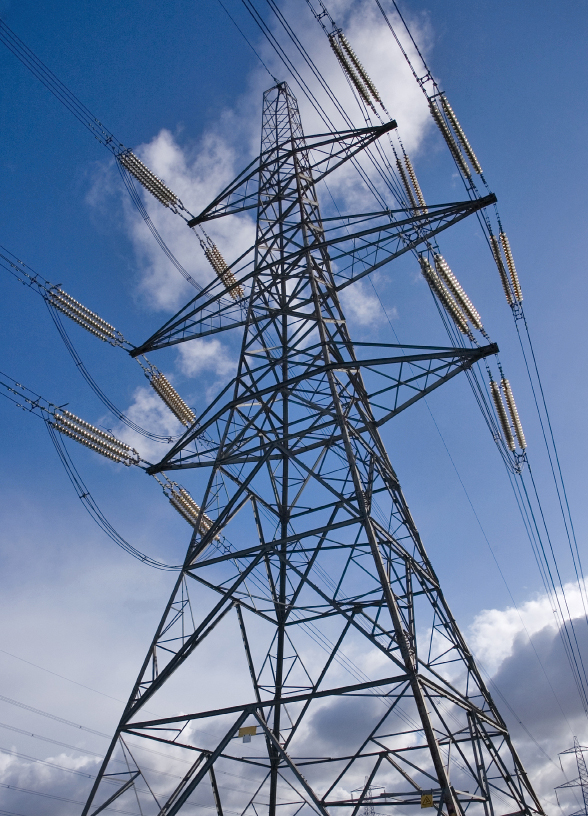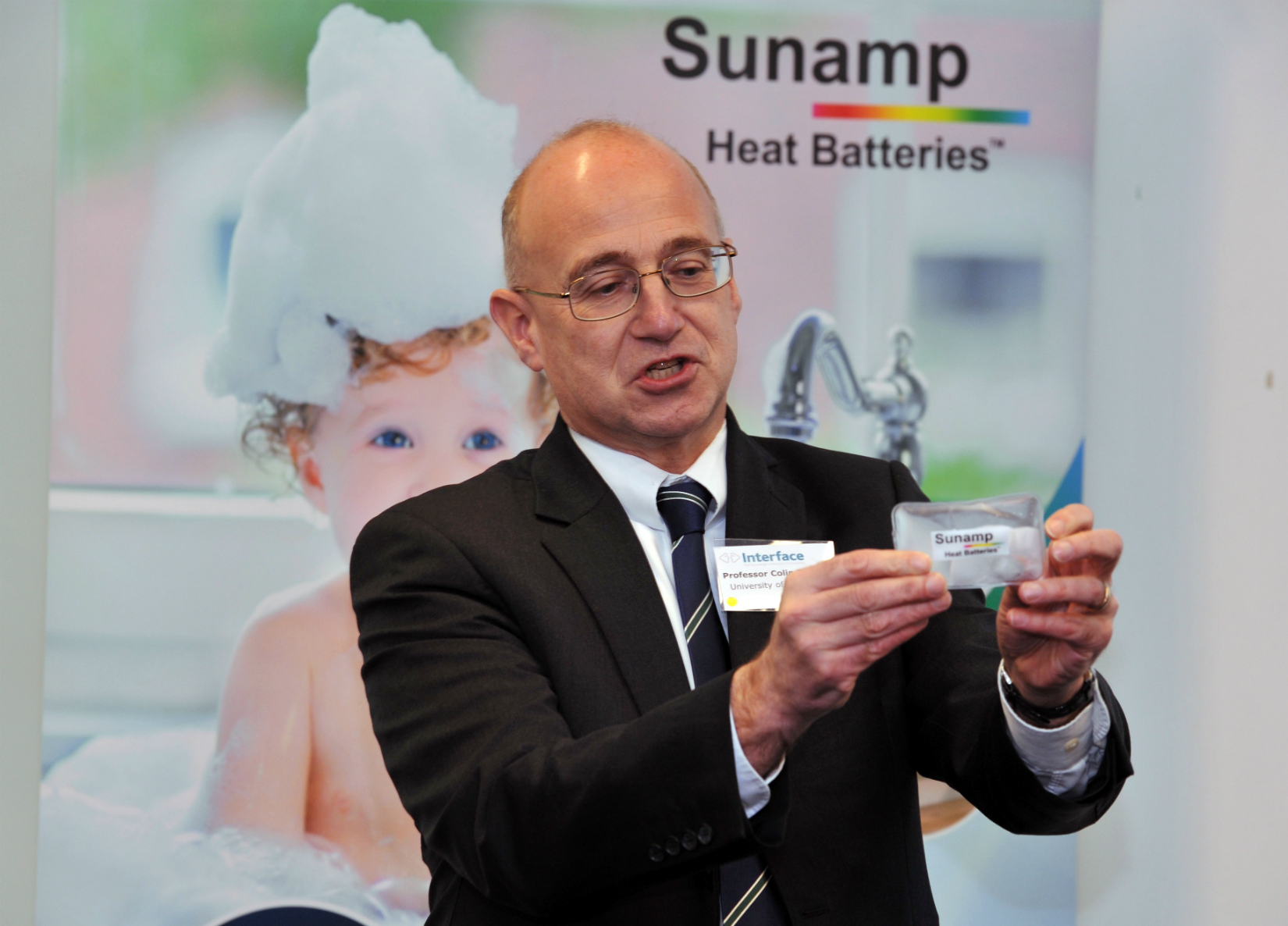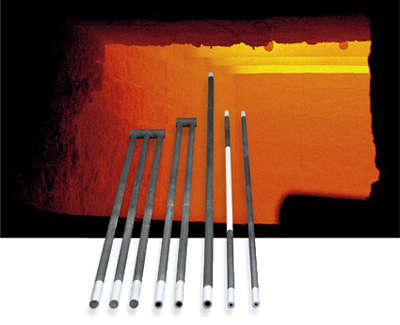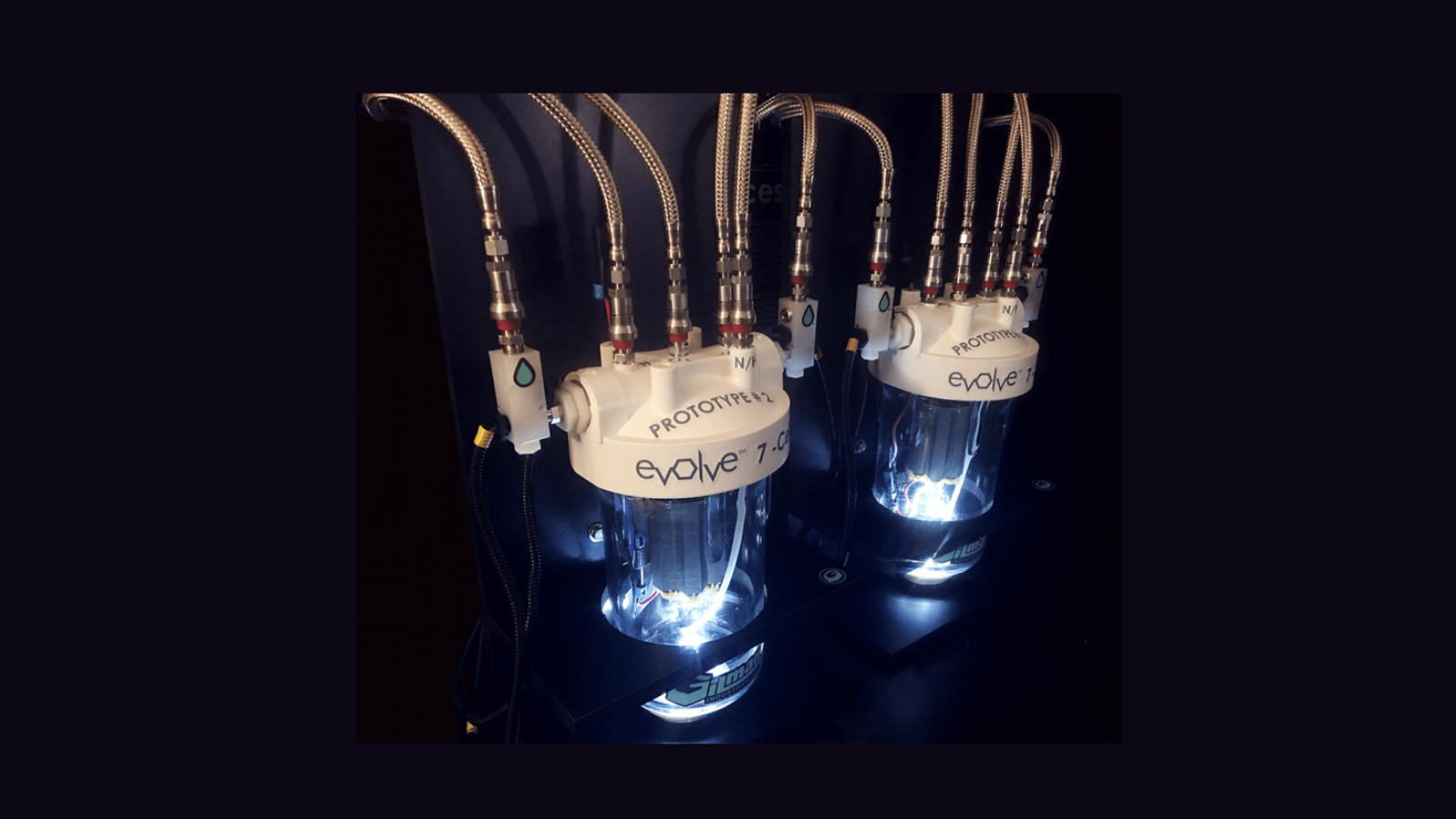Case Study
Flexitricity

Partners
University of Edinburgh
Sectors
Energy
Regions
Edinburgh & Lothians
Martin Energy Limited was established in 2004 to develop novel ways to reduce energy costs and improve the environmental performance of the electricity industry. The company has recently re-branded and is now known as Flexitricty.
The Business Challenge
Flexitricty is, in effect, a “virtual” power station – a low carbon resource of reserve electricity which supports the National Grid by running generators and reducing consumption when the national electricity system is under stress. Due to the nature of the business, it operates on a 24/7 basis.
Partners
The company prides itself on being a ‘knowledge business’ and places great importance on its highly qualified and experienced staff, so working with university academics is central to the company’s growth strategy as Flexitricity’s managing director, Alastair Martin, explains.
“We had researched all the various government-backed schemes, grant aided assistance and other options to engage the services of a university partner to help our research and develop plans, but the complexities of unravelling the most appropriate scheme and the most suitable university to work with was time consuming. However, when we met with the Interface team through a contact at Scottish Enterprise, we knew from the initial conversations that they could distil this to meet our requirements.”
The Solution
Interface – The knowledge connection for business helped broker collaborative links with two academics from the University of Edinburgh’s School of Engineering and Electronics, Dr Dimitri Mignard and Professor Dr Gareth Harrison.
The collaboration is working well. Flexitricity was successfully awarded a two year Knowledge Transfer Partnership (KTP) to explore ‘the supply and demand balancing in the National Electricity System and has now employed a KTP Associate to fulfill the terms of the KTP agreement.
Alastair adds; “I worked for large power generation operators for a number of years and more specifically high energy fossil fuel generators. I soon realised that it was possible you can have efficiency within an electricity generation plant, but that is often at the expense of flexibility. It would appear you cannot have both. However on the energy consumption side, there is a lot of flexibility with no efficiency penalties, so Flexitricty was borne out of the potential to harness this.
I realised that what was needed was as an efficient way of managing the process as a real time operational system and that’s precisely what we have done with Flexitricity”.
Dr Gareth Harrison comments;
“We are now working our way through the KTP in collaboration with Flexitricity and I’m delighted to say the synergy within this partnership between Flexitricity and ourselves is very complimentary. The academic capability within the university’s energy and engineering departments are looking at ways of developing new systems with Flexitricity which will help enhance the efficiency of matching electrical consumption to the supply/demand balance.”
Follow-On Activity
Flexitricity are currently (March 2019) involved in the Smart Hubs demonstrator project which will also use vehicle-to-grid (V2G) technology to enable cars to deliver electricity back to the smart grid. The project, which will look at integrating “various battery storage options”, would allow large numbers of electric vehicles to be charged without placing further pressure on an already-constrained grid.


